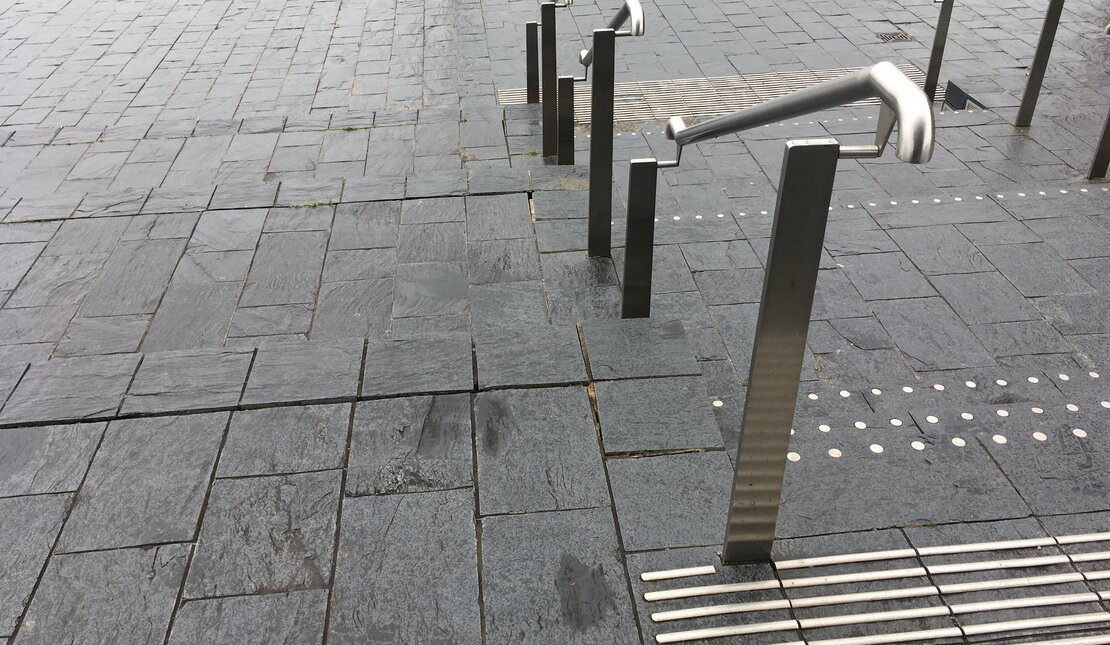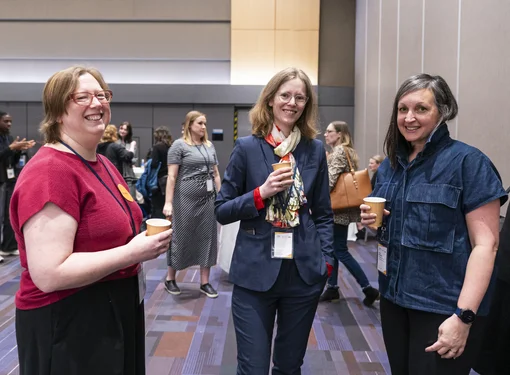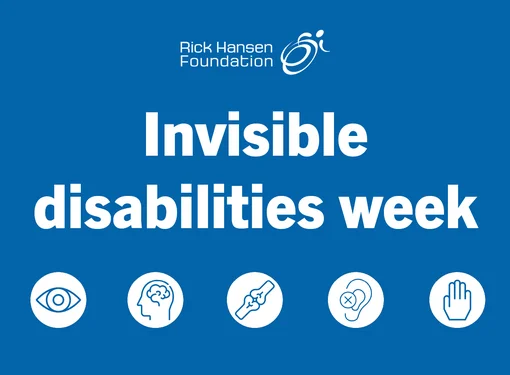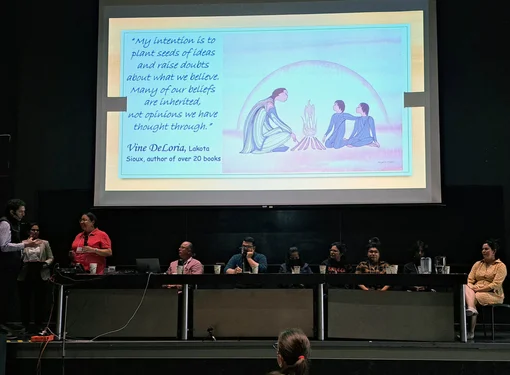Neurodiversity in Architecture: Designing Inclusive Spaces
Architect and published author Steven Maslin is paving the way for change in the world of design. Maslin, who resides in Bristol, United Kingdom, is a seasoned RIBA chartered architect, registered with the UK’s National Register of Access Consultants and a key figure in promoting the need to consider neurodiversity in the design of the built environment.
Steven’s journey in architecture has been shaped by his experiences, both personal and professional. He is an associate and the technical authority for AtkinsRéalis, a world-leading design, engineering and project management organization; member of the British Standards Institute Committee responsible for BS8300 and other access standards; access consultant on large projects – everything from rail and active travel through to organizations providing social services and housing; and author of ‘Designing Mind-Friendly Environments’ which is a comprehensive guide on how to create and build spaces for people with a range of neurological experiences.
That is only a summary of Steven’s resume. The Rick Hansen Foundation (RHF) is pleased to announce that he will lead a session about neurodiversity in the built environment at our Accessibility Professional Network (#APN2024) conference in Vancouver, British Columbia, on March 27 & 28, 2024.
The Early Experience that Fueled a Passion for Inclusive Spaces
Steven’s commitment to bringing neurodiversity to the accessibility equation is deeply personal. Diagnosed with dyslexia at the age of eight, he encountered challenges in communication, especially related to auditory processing.
When he was a boy, he was late learning to speak and struggled with the pronunciation of words. He also recalls repeating instructions several times before he deciphered what was being said.
“I remember to this day my mother asking me to get a certain type of bread from the baker,” said Steven. “This was after I started speaking and I was old enough to go along to the local shops on my own. It was my mother’s way of giving me a bit of independence and the experience of making a purchase in the shop, but I remember having to repeat the instructions several times. My ears heard the instructions sufficiently enough for me to repeat them, but I had to say them several times until I could process what she had said.”
Steven counts his blessings that his mother understood his difficulties didn’t reflect his intelligence. She advocated for him throughout his primary and secondary school years, urging educators to recognize his potential. She believed that her son required a teaching approach attuned to his unique learning style. She even educated his educators about dyslexia and how it involved a different way of learning. One head teacher went on to a considerable amount for other children with similar difficulties to Steven, but also children with mobility and sight difficulties too.
“Before my diagnosis of dyslexia however, the infant school my brother and I attended had said to my mother, ‘You’ve got two sons. One will go far but don’t expect much of the other one.”
But Steven proved his early educators wrong. He earned a first-class honours degree in his Bachelor of Arts in Architecture from what is now Plymouth University. He became an architect following post-graduate studies focused on designing a school for integrating children with disabilities into a mainstream school. Considering this was in the early 1990s, Steven demonstrated interest in what was then a little understood aspect of design.
“My mother bumped into the Infant School head teacher not long after I’d graduated with my first class honours, and told her that one of her sons just got a very good degree. The teacher assumed it was my younger brother, and my mother corrected her. And, apparently, she was visibly quite shocked!”
(Steven’s younger brother followed suit with a degree; he is now a doctor.)
Bridging Gaps: Neurological Considerations in Design
It is estimated that 15% of Canada’s population is neurodivergent. Neurodivergent conditions can include autism, dyslexia, attention deficit hyperactivity disorder (ADHD), dyspraxia, and neurodegenerative ones, including different forms of dementia and Parkinson’s disease (important to consider as there are 1 in 4 Canadians with a disability, a number set to increase in tandem with the aging population, according to the most recent StatsCan research).
Neurodiversity has, until recently, been one of the most neglected areas in building design. With this realization, the Rick Hansen Foundation Accessibility Certification™ (RHFAC) now considers neurodiversity in version 4.0 of its Rating Survey, after consulting with experts in the field and those with lived experience. RHFAC measures the level of meaningful accessibility of a building or a site, designed in consultation with a broad scope of shareholders and experts including people with disabilities. In addition to accessibility recommendations for mobility, hearing, and vision disabilities, Version 4.0 has elements of lighting, décor, flooring, acoustics, layout, wayfinding, familiarity, temperature, and smells.
The result of these design features instills a sense of calm and clarity in spaces, which is noticed by even those who do not consider themselves neurodivergent. Diving into sensory integration theory, partially influenced by the work of Dr. Jean Ayres, Steven emphasized the link between the brain’s function and the sensory environment. By understanding how individuals respond to sensory stimuli, Maslin integrates this knowledge into the advice he now gives towards the design of more inclusive spaces.
“I’d already had a strong impression that a lot of people associate sensory integration theory with autism and neurodiverse conditions, but when properly understood, it relates to everybody,” said Steven.
“Everyone’s on the spectrum regarding how they relate to the sensory environment around them. And they have different profiles in how they respond. As an example, astronauts can experience sensory deprivation to the point all they can hear is their heartbeat and breathing, and then they can then run the risk of breathing too fast. The brain can then create a loop because there’s too much cognitive feedback about their breathing and heart rate because these are the things you’re not supposed to be conscious about. As my brother says, our conscious brain activity is not very good at dealing with things that are supposed to be subconscious. However, although sensory deprivation can be an issue, it is sensory overload in our built environments that typically creates most of the problems for our brains here on earth.”
A Holistic Approach to Inclusive Design
Maslin's impact on the field is evident in his role as a subject matter expert for the UK’s Department for Transport's National Rail station access audit program. The team for which he provides technical leadership, responsible for auditing 2575 sections across Britain, showcases the practical application of inclusive design principles. Maslin’s distinctive ability to forge connections between the mind and the spaces we inhabit distinguishes him in the field of architecture Maslin's work reflects a holistic approach to creating accessible and welcoming environments. His keynote session at the upcoming #APN2024 conference is offered in-person and can also be live-streamed. More information and tickets are available at www.rickhansen.com/APN2024.







